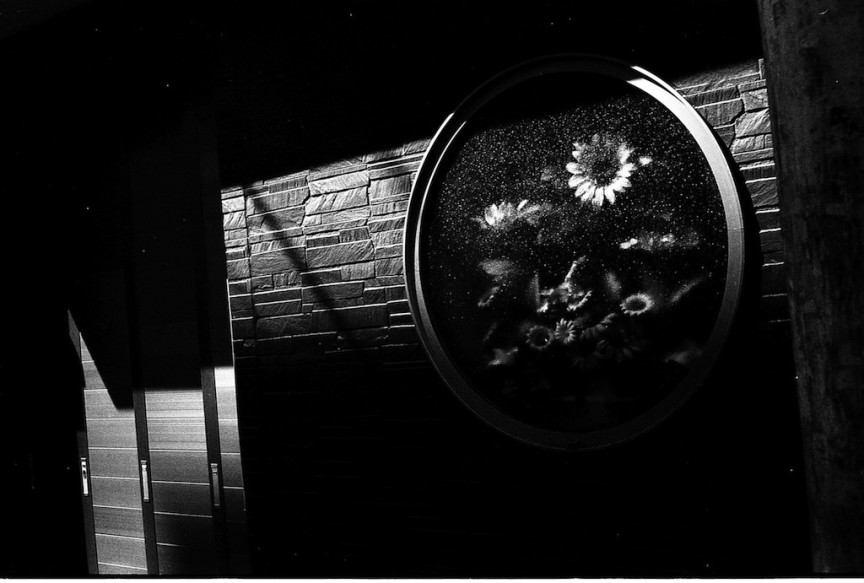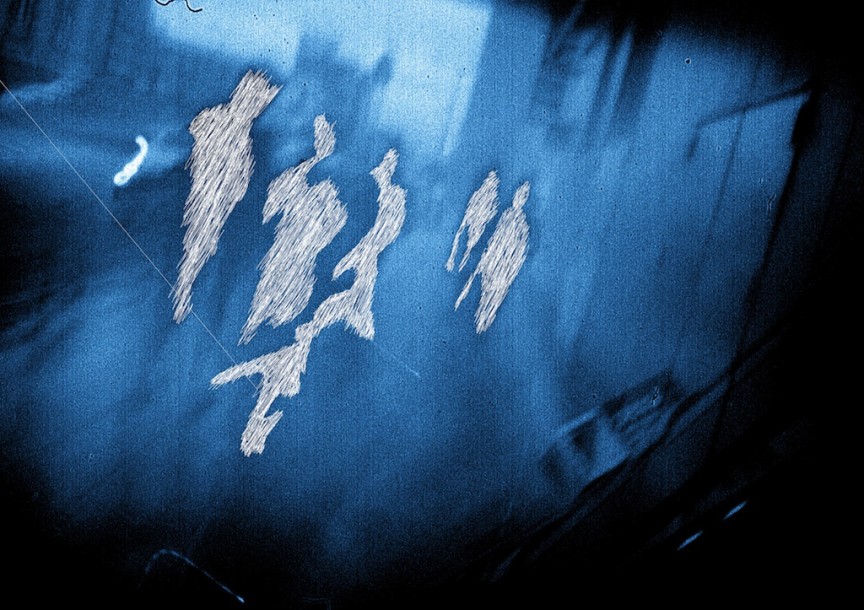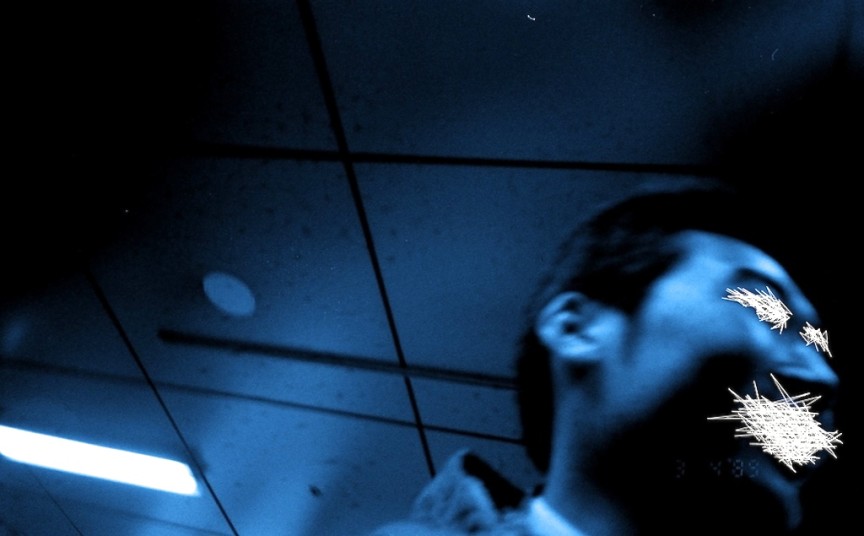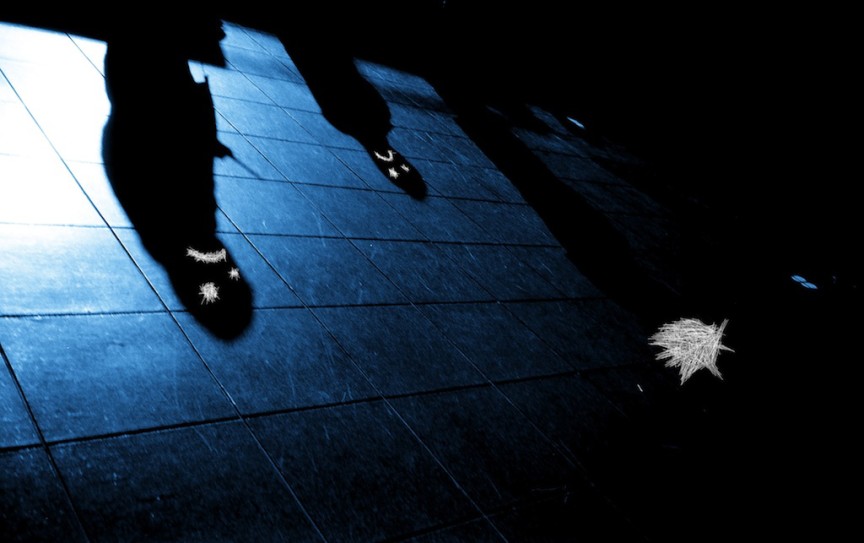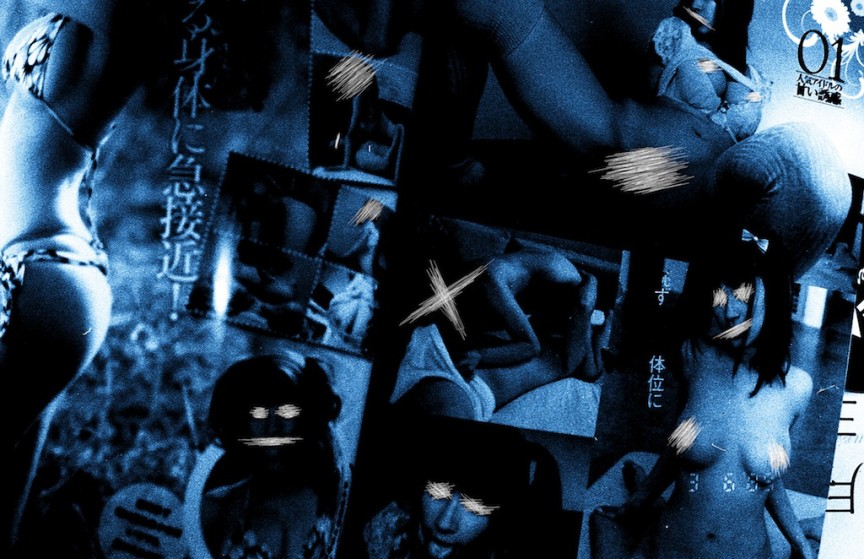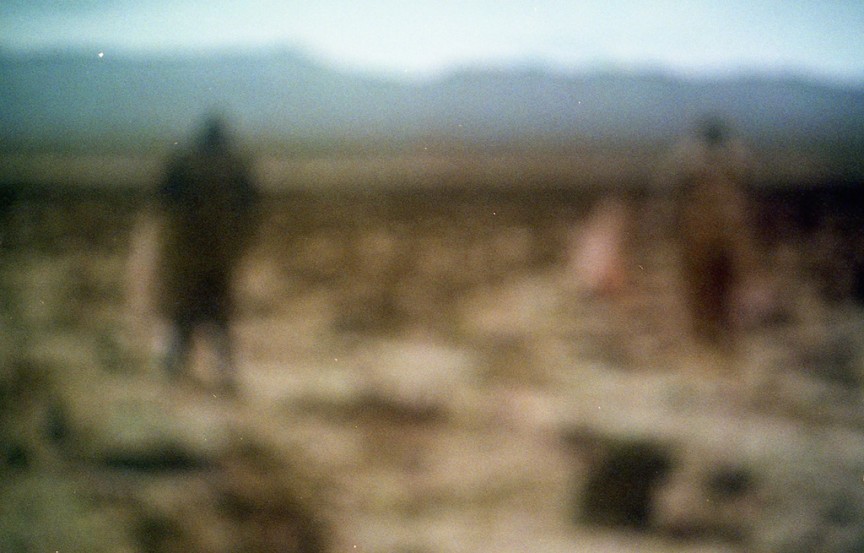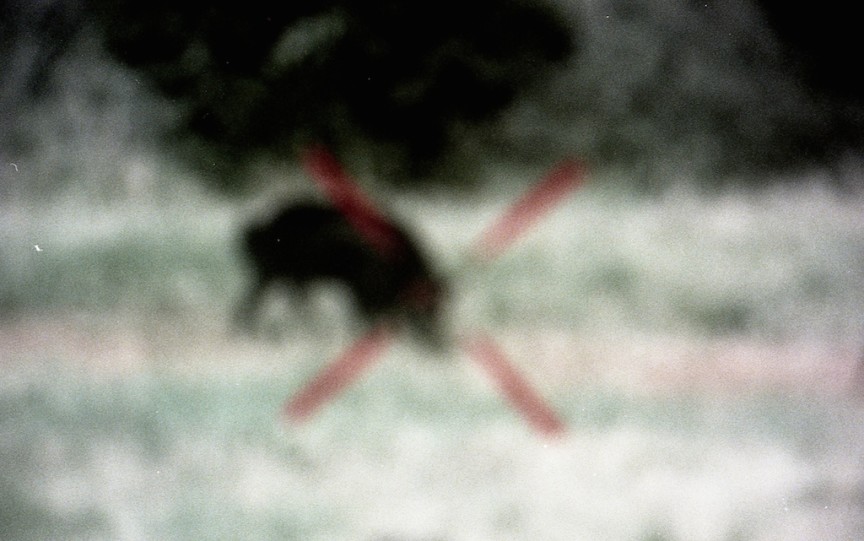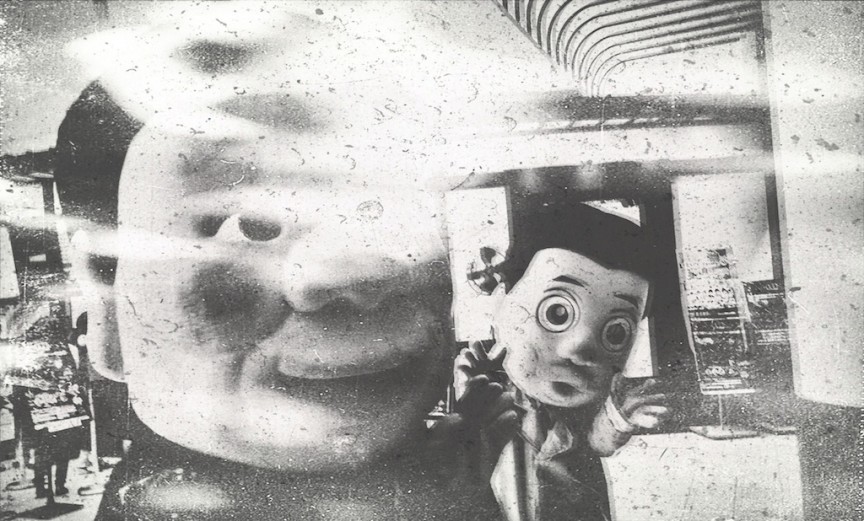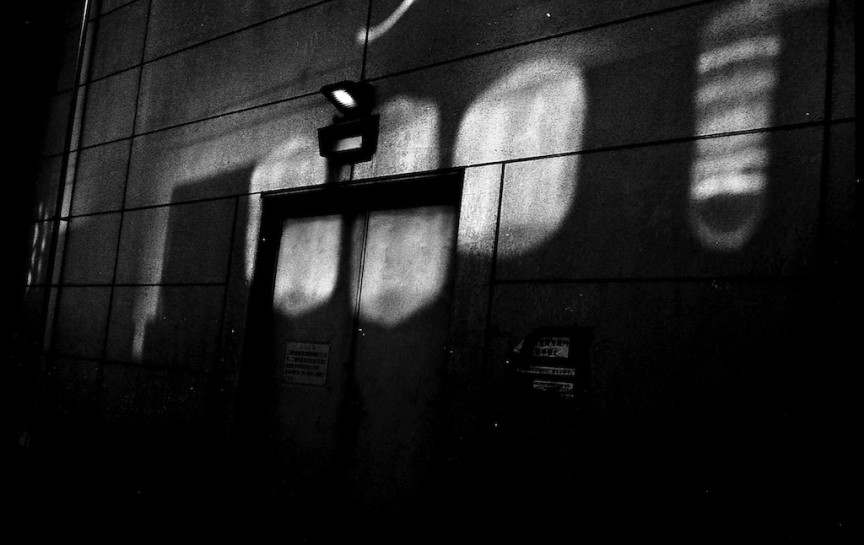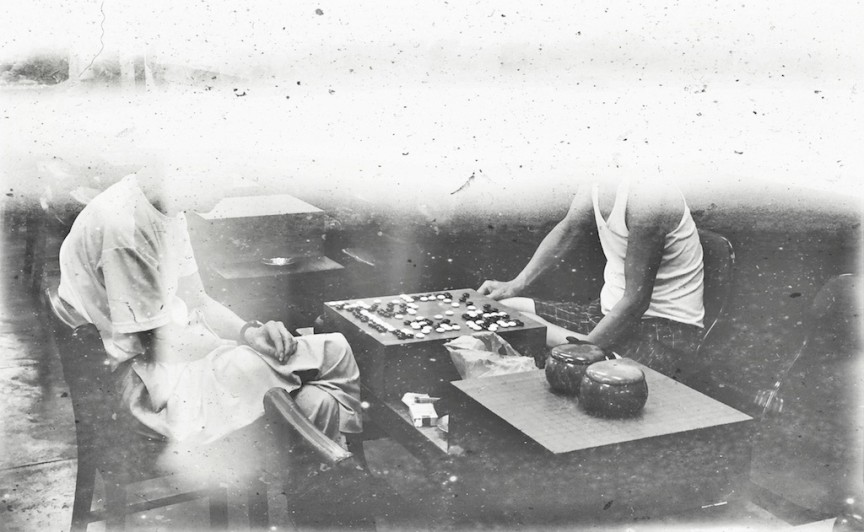Today I am very pleased to present work of Mikel Berradre. And as before this short piece, an introduction to his work, will initiate SnappedAway In Depth Series of this week’s posts: first an interview, then an opportunity to showcase one project and finally a selection of one photo picked from the images published during the whole week, which will be later printed on a t-shirt.
Mikel Berradre’s photography definitely stands out from what we have been showcasing recently. As he says himself, the roots of his practice are firmly based in black and white street shooting, but overtime new topics and approaches started to slip in.
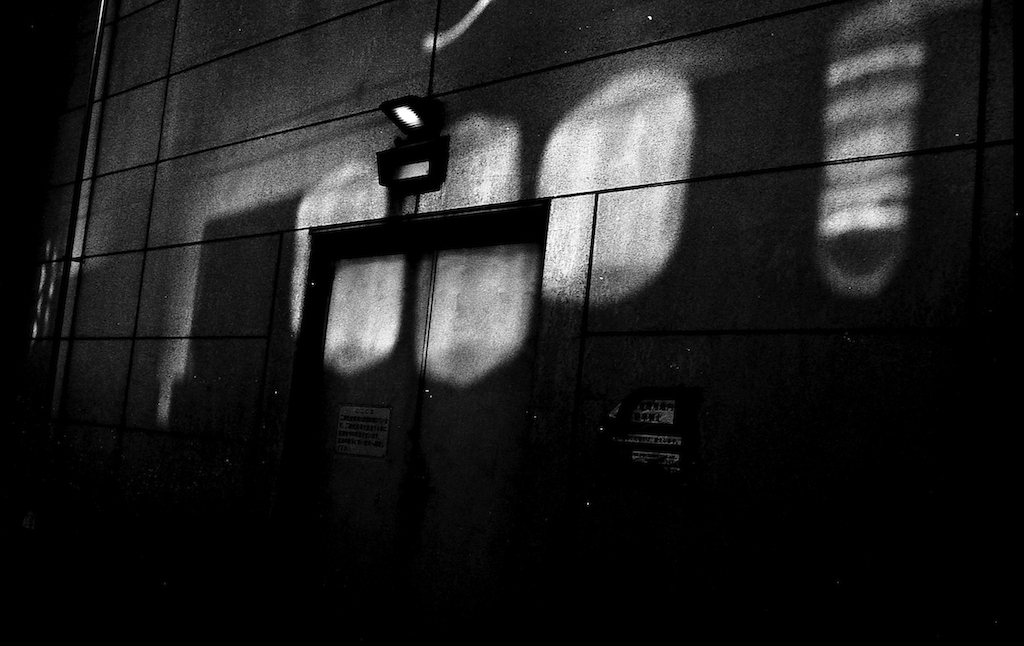
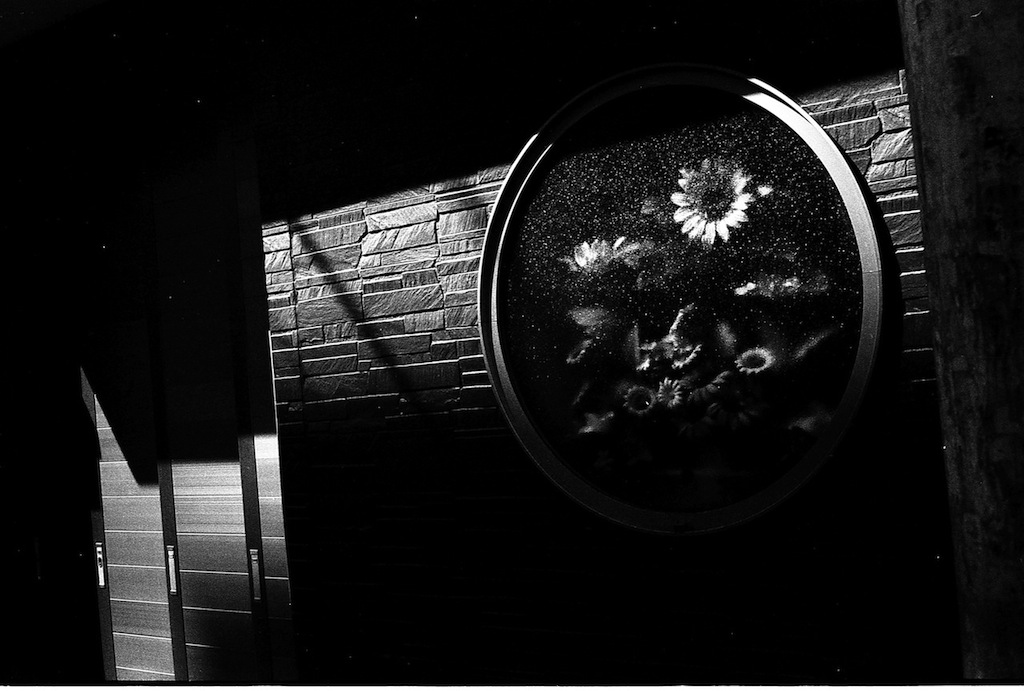
His is the kind of work some audiences will have mixed reactions to. What is apparent straight away is the stepping back from any ‘straight’ representation and heavy intervention into the recorded image. This is not a collage and I wouldn’t by any means call this work mixed media, but I can hear some of my friends asking – is this still photography, or is it something else? To which my answer is: practices of manipulation, distortion or any modification of the initial record have been going on since the very beginning of photography.
Obviously they take different shapes and forms, but the idea of the intervention itself has a long history, and frankly, I do not care so much about labelling it. What I do care about a lot is the work’s quality, the voice it speaks and what possible new meanings and issues does this type of intervention touch on. Black and white grainy language is in itself a drastic distortion of the human way of seeing, we are all so used to it we became unaware of it’s manipulative power – after all, most of the great photojournalism in the medium’s history has been shot on black and white film, while the photographers we all admire proclaimed the ‘truthfulness’ of that approach, raw factualness and appropriateness of it even at the time colour film has been available.
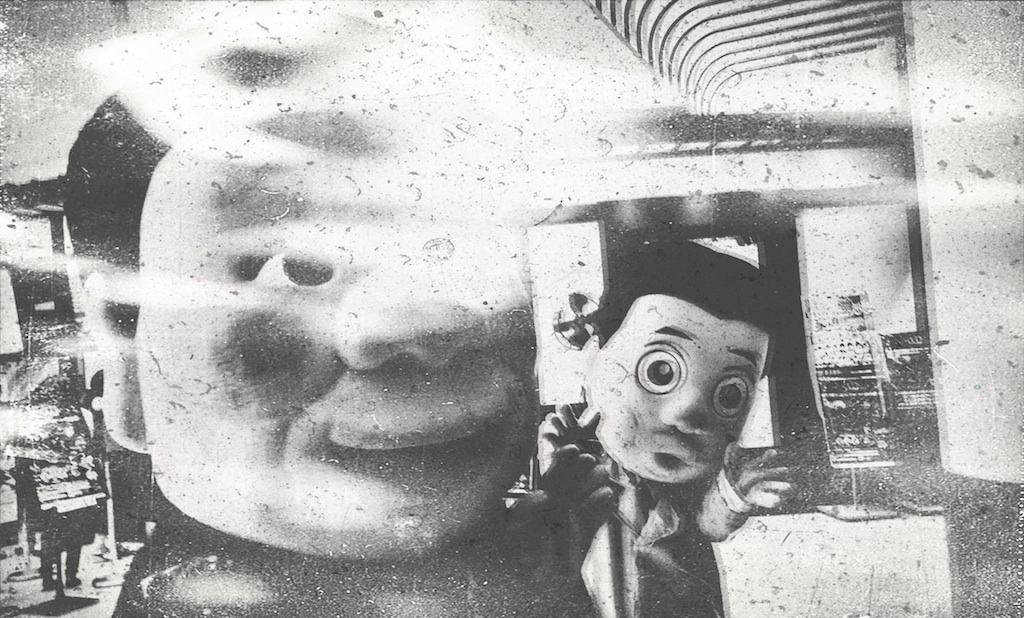
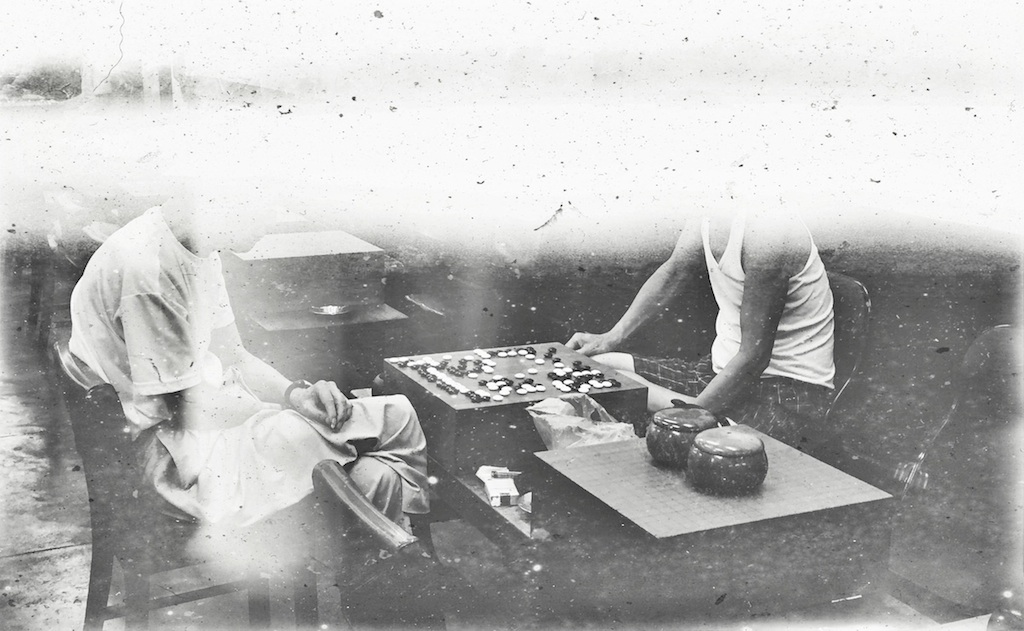
Of course it’s one thing to shoot black and white, and quite another to take a step further back from the straight approach and intervene into the image by marking, scratching, colouring or overlaying textures. The moment a human hand draws a mark on mechanically recorded image, the whole structure collapses and rebuilds itself as something different – the focus now shifts from analysing of possible symbolic meanings coming from the scene itself to the reading of new image as a language – it’s a not a frame on reality we’re looking at, it is a broader system of signs, where everything together layers up to deliver the significance of the statement. In Mikel’s work the Blue Bastards project is the most explicit example – photographs coming from the tradition of Provoke magazine and the bure bokeh movement (Mikel points to Daido Moriyama’s work as one of his early discoveries on the way to becoming a photographer) have received a cold dark blue tone, and than key elements of the subjects have been scratched out.
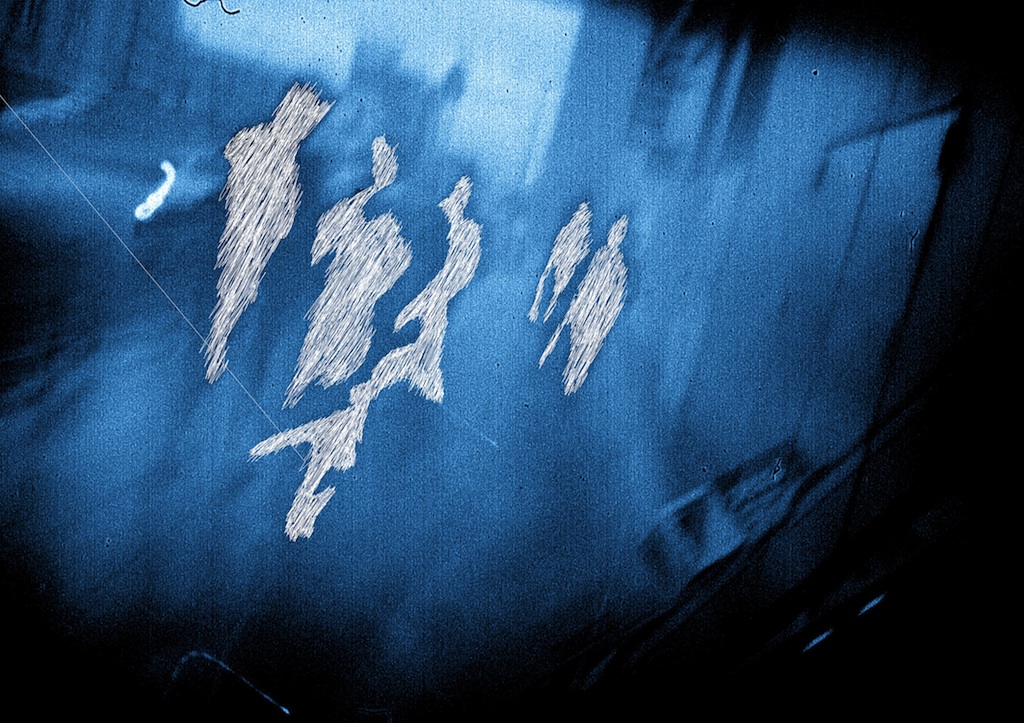
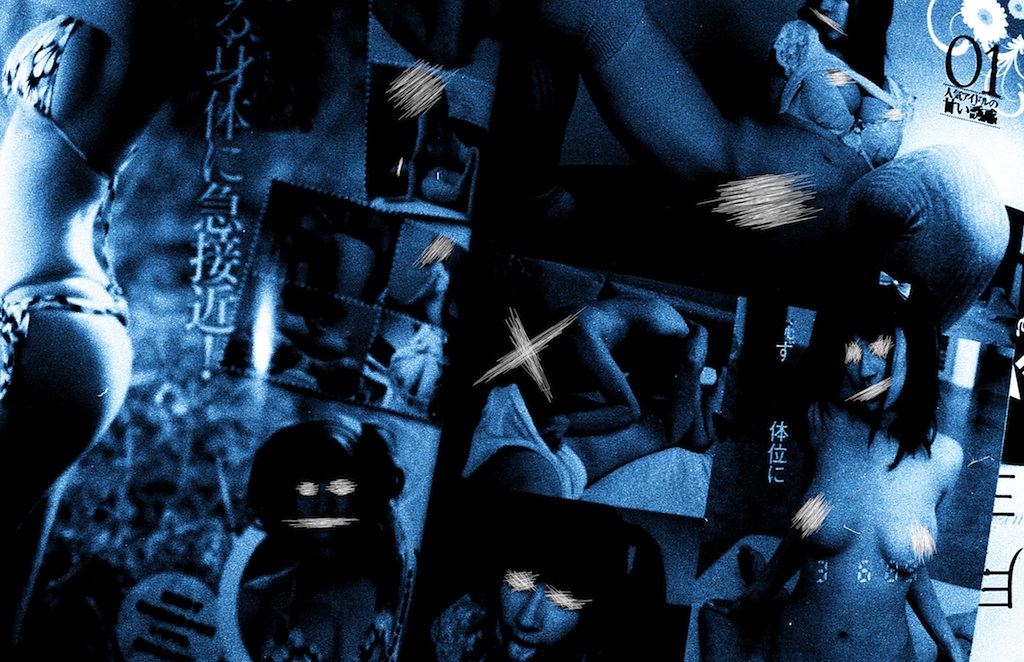
This kind of marking brings many connotations – surely everyone at some stage of their childhood grabbed a marker and started drawing black eyes over the perfect models on the cover of whatever magazine was lying around – a similar process of changing a ‘realistic’ image into a more personal signifier.
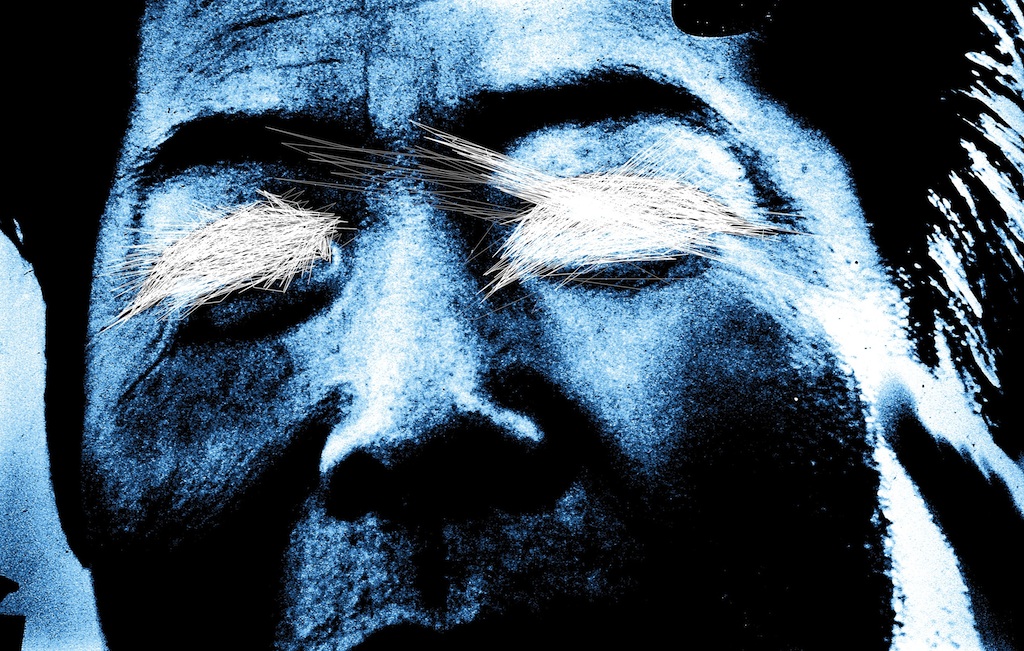
The scratches in Blue Bastards are charged not only with childish playfulness but often evoke distress, anger and frustration. Anyone with even a remote knowledge of Japanese pop culture will also notice a resemblance to many of demonic characters filling the anime shows. It helps to know Mikel is a foreigner living in Japan, which is a country not exactly know for it’s efforts to welcome ‘outsiders’ with open arms. What I enjoyed in this series is the range of emotions Mikels is able to convey, from pure frustration to scenes which are in a rather surprising way funny.
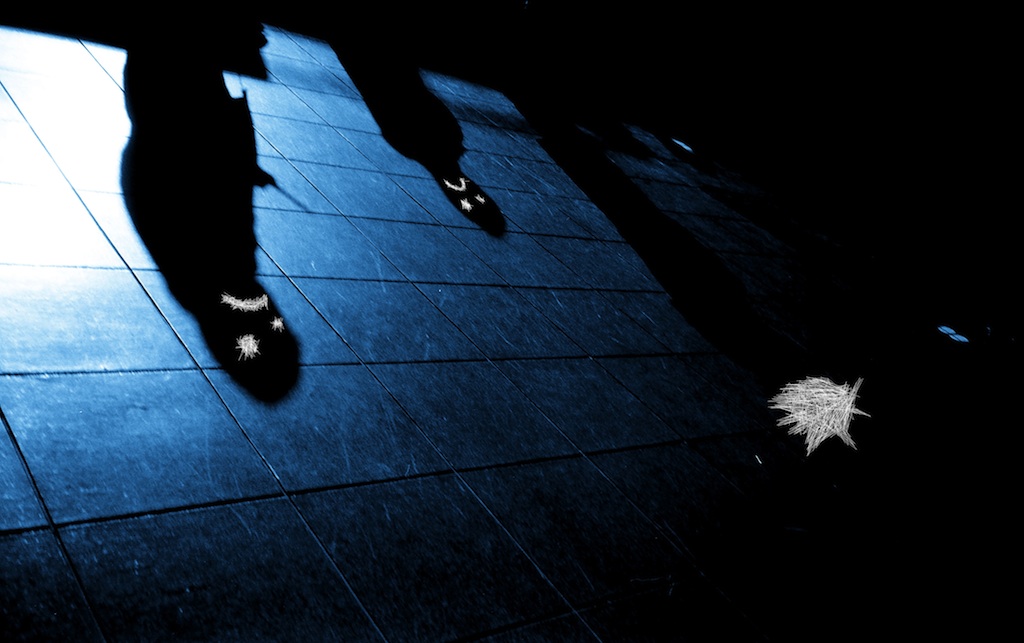
His other experiments include low definition, out of focus images from his Screen project, where sometimes we are not even sure what exactly we are looking at, but the link between the ‘real’ and its representation is not broken. This type of borderline manoeuvres can produce very captivating work, and I certainly enjoyed getting myself familiar with it.
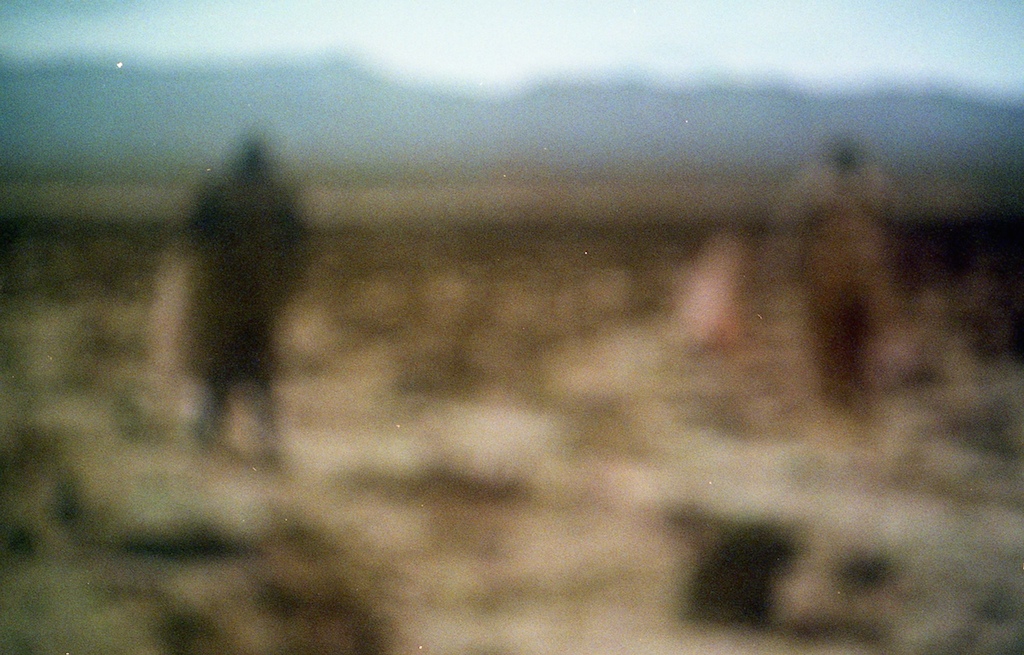
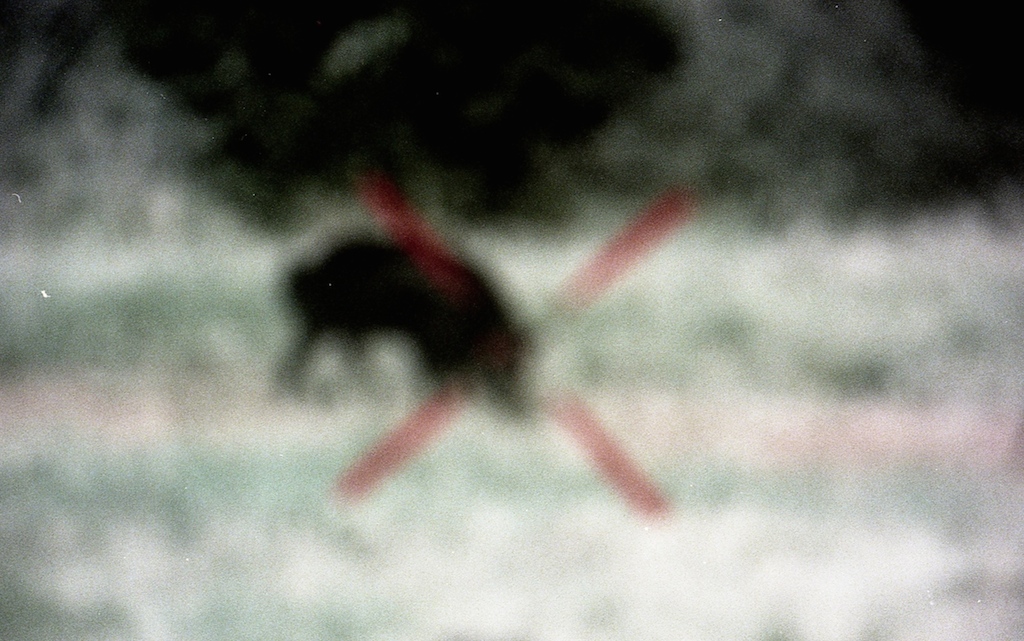
If you enjoyed reading this post stay with us for more of Mikel Berradre’s photography. Also you might want to check his website to find out more about his work.
Share this Post
Recent Posts

